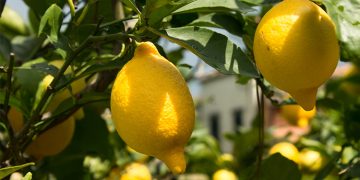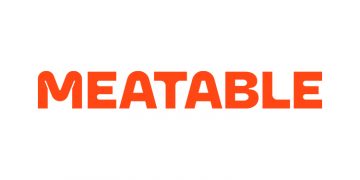“According to the latest BCC Research study, the demand for Active, Controlled, and Intelligent Packaging for Foods and Beverages is estimated to increase from $37.8 billion in 2023 to reach $58.8 billion by 2028, at a compound annual growth rate (CAGR) of 9.2% from 2023 through 2028.”
The global market for active, controlled, and intelligent packaging in the food and beverage industry is thoroughly examined in the report, with a focus on segmentation by type and application. Analysis spans both global and regional levels, with the base year set at 2022 and forecasts extending from 2023 to 2028, presented solely in terms of revenue (U.S. dollars, millions). Active packaging encompasses various technologies such as oxygen scavengers, moisture controllers, ethylene absorbers, edible films, antimicrobial agents, carbon dioxide scavengers/emitters, ethanol emitters, self-venting films, microwave susceptors, and temperature control packaging. Controlled packaging includes modified atmosphere packaging, controlled atmosphere packaging, retort packaging, sous-vide packaging, and biodegradable polymers/biopolymers. Intelligent packaging solutions range from radio frequency identification packaging to freshness indicators and electronic article surveillance systems. These technologies cater to diverse applications within the food and beverage sector, ensuring enhanced safety, freshness, and quality throughout the supply chain.
The burgeoning demand for advanced packaging solutions in the food processing and beverage sectors, coupled with heightened consumer concerns regarding food wastage reduction, is fueling significant growth in the active, controlled, and intelligent packaging market. Sealed Air’s introduction of Prismiq, its digital packaging brand, exemplifies the industry’s response to these trends. Prismiq offers a range of services including design, digital printing, and smart packaging solutions aimed at reducing waste and enhancing product quality and customer engagement. Leveraging an end-to-end cloud-based platform, Sealed Air’s Prismiq generates package-specific digital IDs to collect and manage data across the value chain, further augmenting its appeal. Amidst intense global competition, companies like Amcor, Dow, Sealed Air, 3M, Avery Dennison Corporation, and BASF SE are actively investing in strategic initiatives such as mergers & acquisitions, capacity expansions, and geographic diversification to solidify their market positions and drive innovation in advanced packaging products.
Key Drivers of Active, Controlled, and Intelligent Packaging for Foods and Beverages
Advancements in Food Packaging Technology: Technology has transformed the landscape of food packaging, ushering in a new era of innovative solutions aimed at enhancing food safety, prolonging shelf life, and elevating overall quality. From smart sensors to RFID tags and nanotechnology, cutting-edge technologies are driving significant improvements in food packaging. These advancements enable real-time monitoring of critical factors such as temperature, humidity, and gas levels, ensuring optimal freshness and safety for consumers.
Benefits of Modified Atmosphere Packaging (MAP): Modified Atmosphere Packaging (MAP) represents a transformative technique altering the composition of gases within food packages to preserve freshness effectively. MAP offers a myriad of advantages, including the extension of shelf life by slowing microbial growth and enzymatic reactions. Moreover, it maintains the quality attributes of food products, including color, texture, and flavor, by minimizing oxidation. The utilization of MAP also contributes to the reduction of food waste by mitigating spoilage risks, while simultaneously enhancing safety through the inhibition of pathogenic bacteria growth. Additionally, MAP is celebrated for its eco-friendly nature, as it diminishes the need for preservatives and additives, aligning with sustainable packaging practices.
Example of Modified Atmosphere Packaging (MAP): Consider the scenario of purchasing a package of fresh salad mix from a local supermarket. Although the packaging may appear ordinary, it is purposefully designed with innovative features. Inside the salad bag, small oxygen scavenger sachets or absorbers work actively to remove excess oxygen from the package. This reduction in oxygen levels significantly contributes to maintaining the freshness of the salad for an extended period. Consequently, the greens remain crisp, and the risk of spoilage is notably diminished. This exemplifies how MAP technology plays a pivotal role in enhancing food quality and safety, thereby benefiting consumers and reducing food waste.




















